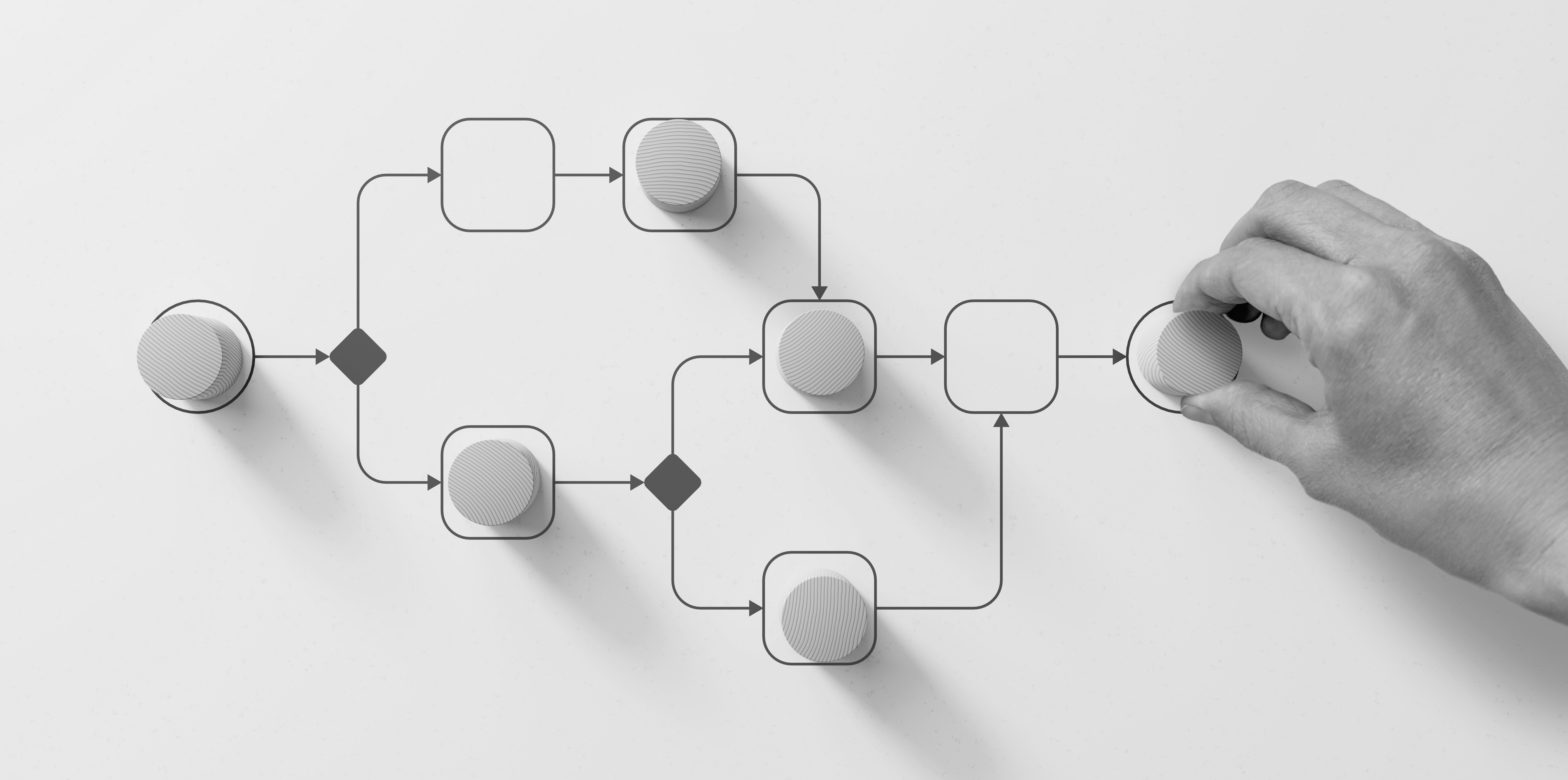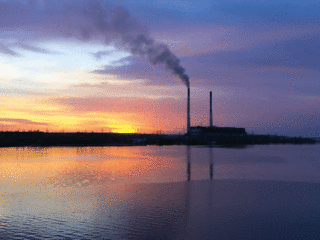Did you know that women account for just 10 percent of senior managers in the renewable- energy sector? Or that only 18 percent of government committees on foreign affairs, defense, finance, and human rights are chaired by women?
Efforts to mitigate the effects of climate change are creating a wealth of economic opportunities globally, including better-paying jobs and new sectors that are ripe for innovation. But women around the world hold just a fraction of decision-making roles in sustainable development.
At the same time, they’re also much more likely than men to experience the negative effects of climate change, such as food shortages, malnutrition, and higher levels of household pollution.
A look at the world’s progress toward the UN’s Sustainable Development Goals reveals the depth of the problem. Just 15 percent of the indicators associated with Goal 5 (gender equality) are on track to reach their targets by 2030. Reaching these goals, which focus on critical factors such as discrimination, violence, and economic resources, could lead to equal opportunities for women in leadership at all levels of decision-making in both their professional and public lives.
And the stakes are high: a 2023 report by the World Bank Group found that empowering women to play key roles in leadership and decision-making related to climate action is associated with better outcomes.
In this post, we focus on three roles directly related to combating climate change in which women can have an outsize impact. Globally, we have the power to help close the gender gap in these areas and make this potential a reality.
About LEFF Sustainability Group
LEFF Sustainability Group has you covered—from developing a holistic, cross-channel strategy to the end-to-end production of the full range of content assets, including ESG and sustainability reports. We recognize that organizations from start-ups to larger companies have different needs and that sustainability is a journey: a consistent effort to make responsible decisions, implement better processes, and communicate these efforts to key audiences. We’ve provided strategic counsel and content services across that journey, so we know the challenges and rewards that come at each step.
Our experienced communicators and sustainability experts have decades of experience at world-leading companies, media organizations, and institutions. We will work with you to determine where you are and where you’re going—serving as your long-term, trusted thought partner.
Women in agriculture
Women living and working in rural communities make up a quarter of the world’s population, playing an integral role in global food production. The International Labour Organization estimates that women account for 41 percent of the world’s agricultural workforce. In developing areas such as South Asia or sub-Saharan Africa, this number rises to 60 percent. The role women play in the agricultural sector is crucial to the global food chain. It often goes unrecognized because many of their contributions are unpaid. This aside, their experience working in agriculture and fisheries arms them with the tools to enable effective and informative action. As a result, women can be key stakeholders for better conservation management.
Spotlight: Bangladesh Sustainable Coastal and Marine Fisheries Project
The World Bank’s Bangladesh Sustainable Coastal and Marine Fisheries Project works with women who face limited livelihood opportunities in the lower end of the fisheries value chain. It aims to provide financing and capacity building to women in high-poverty communities to develop alternative livelihoods or start businesses in more-sustainable value chains.
Despite the important role they play, women farmers rarely have equal access to tools or opportunities such as financing and education. Much of this can be attributed to deeply ingrained cultural norms, such as women tending to crops while men take care of livestock, allowing men to earn a higher wage and have access to nutrition sources such as milk.
Women’s access to irrigated land is also often constrained, either informally or through legal means: women account for less than 15 percent of the world’s landholders. At the same time, climate-smart agricultural services, technologies, financing, and training do not reach them equitably. If women had equal access to resources, smallholder farms run by women would produce yields as much as 30 percent higher, and 2.1 gigatons of CO2 emissions could be eliminated by 2050. Instead, because of these inequities, women-run farms produce 20 to 30 percent less than farms run by men.
“We know that agricultural yields would rise by almost a third if women had the same access to resources as men. As a result, there would be up to 150 million fewer hungry people in the world.”
–Neven Mimica, former European Union commissioner for international cooperation and development
Closing the gender gap for women in the agriculture space is gaining traction and momentum worldwide. The World Bank, PepsiCo, CARE, and other organizations are dedicating resources to better equipping women farmers with the knowledge and support needed to close the gender gap and give them a platform to share their stories.
Women in local climate change response
Research indicates that climate outcomes are better when women take leadership roles in local climate action. In Vietnam, for instance, women are planting mangroves to protect their communities from catastrophic flooding. In the Andes, Indigenous women are revitalizing overgrazed land through sustainable agricultural methods.
But many women are unable to participate in local climate change efforts because of factors such as the unequal distribution of unpaid household work and entrenched societal norms. A coordinated effort among governments, donors, and other organizations could empower more women to take part.
For instance, the Dedicated Grant Mechanism for Indigenous Peoples and Local Communities (DGM) is supporting inclusive forest management funding through 12 country-level programs that incorporate gender equality. Similarly, the UN Women’s Peace and Humanitarian Fund supports local women’s organizations that are addressing climate-related disasters and other crises in fragile regions.
“Women’s presence in local climate change responses is associated with better resource governance, conservation outcomes, and disaster readiness. Yet women are systematically underrepresented.”
–World Bank Group
Women in political leadership
Just as women are shut out of the full spectrum of opportunities in agriculture and climate change, they’re vastly underrepresented in political and leadership roles that influence global policies and actions.
Women hold just 22 percent of ministerial positions in governments worldwide, and only 18 percent of government committees on foreign affairs, defense, finance, and human rights are chaired by women. At last year’s Conference of the Parties to the United Nations Framework Convention on Climate Change (COP27), only seven of the 110 world leaders in attendance were women.
Women are underrepresented in corporate and other settings, as well, accounting for just 5 percent of CEOs globally and 20 percent of corporate board members, and they continue to be excluded from the highest levels of corporate leadership. Numerous studies indicate that diversity in the boardroom leads to better business for all, so this is an important opportunity.
The world has made strides in putting more women in the boardroom, but progress is slow. A recent Deloitte report suggests that parity will not be reached until 2052. Why is this so difficult to accomplish?
Boardrooms are built on relationships, often found through personal networks. If the CEO is male, it’s very likely that women and underrepresented groups will be missing from said network. Hence, the importance of the multiplier effect: one C-suite woman equals three women recruited to senior management roles.
The solution sounds simple, but achieving it will require CEOs, board members, and investors to actively seek out and build relationships with those outside of their usual spheres of interactions.
Our advice? Speak out, and stand up. One new board member can move the needle closer to increased representation of women and underrepresented groups at the highest levels of leadership.
The impact of the climate crisis falls disproportionately on women worldwide, with devastating results for women’s health and their ability to earn and have agency over their lives. Research shows that women can play a powerful role in mitigating and managing the impact of climate change, but they’re woefully underrepresented in leadership at all levels of government and corporate structures. Intentional efforts to reduce these gender gaps could have a transformative effect on our ability to create a sustainable future.



